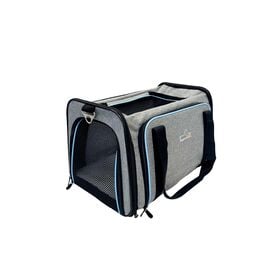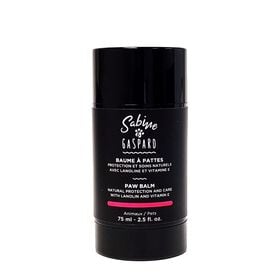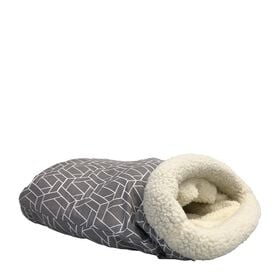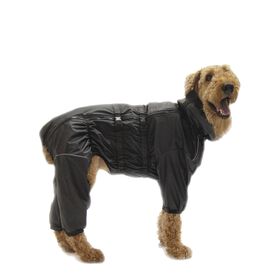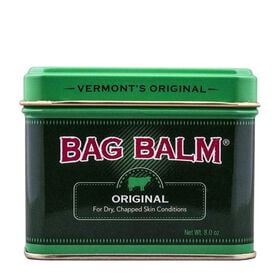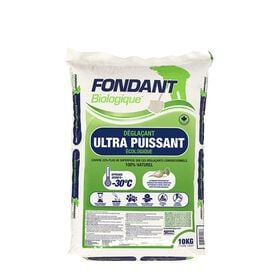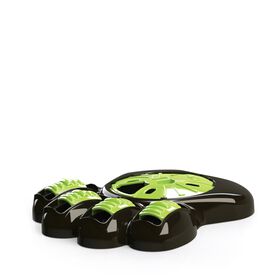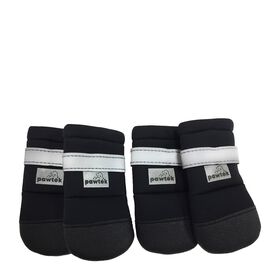Winter is fast approaching, and with it comes the challenges of keeping your cat or dog happy and healthy despite the bitter cold. That's why preparing your pet for the harsh winter weather is important. The good news is that there are simple ways to ensure your pet's comfort and well-being during the winter months. Here are a few tips on how to face the colder weather with your pet.
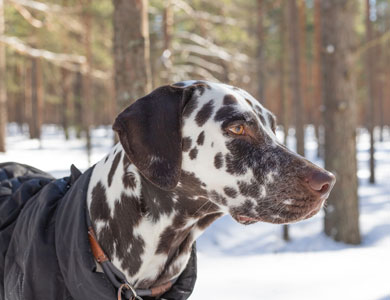
Outdoors
Maintain your good daily habits while gradually adapting them to the changes in temperature.
Walking the dog
As the temperature drops, you'll need to plan your walks so that you can go outside when it's best to do so. You'll also want to shorten your time outdoors and go more frequently.
Two 15-minute sessions instead of one 30-minute session will allow your pet to get some fresh air without being too bothered by the cold. When you get home, make sure your pet has access to a cosy bed or a nice spot to rest and warm up.
Protecting your pets
Quebec winters can be hazardous for your pet. Wind, cold, humidity, snow and ice can become your enemies if you're not properly prepared to deal with them. Some cat and dog breeds are genetically adapted to live well in low temperatures. Others, not so much!
For pets that are vulnerable to the cold, a coat and boots are a must. A carry bag can also be a great option for small breeds that don't cope well with winter. You might also opt for pee pads to use around the house on colder days to prevent their little paws from freezing.
Abrasive products (salt, sand) used in the streets also damage pets' paw pads. You can use a balm to protect your dog's or cat's paws. At home, opt for organic de-icers that are harmless to paws.
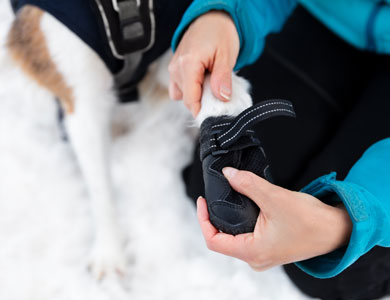
Be cautious when handling antifreeze. Even if animals are attracted by its smell and taste, be aware that antifreeze is highly toxic, even in small quantities, and can be fatal. If you notice antifreeze leaking, clean it immediately and make sure all containers are kept out of pets' reach.
Indoors
In sub-zero temperatures, it might be best to opt for indoor activities. Teach your pet some new tricks, organize a get-together with friends and their pets, refresh your pet’s toy collection and try to add something different to your pet’s environment, such as a new cardboard box for your cat or an interactive feeding toy for your dog. These are great ways of providing mental rather than physical stimulation.
Don't forget to adapt the amount of food your pet eats to their energy expenditure, which is often reduced in winter.
Also read : Sports and activities to do with your dog this winter
Other precautions
Here are a few other things to bear in mind to help your pet get through this time of year.
Dogs
- Don't let your dog eat large amounts of snow, as this could lead to gastrointestinal problems.
- Watch out for metal poles. Some dogs love to lick them, which can have unfortunate consequences in winter. Keep away from metal fences too.
- After going out, inspect your dog's paws to make sure there is no redness or foreign bodies (small rocks, salt or ice) between the toes, cuts or damaged pads.
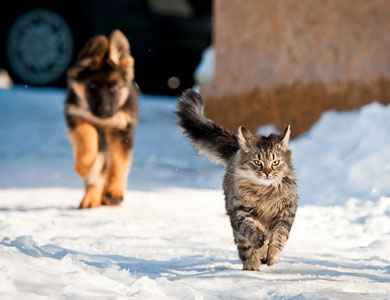
Cats
- Be vigilant during pool closing time. Put a protective cover over the pool or leave floating objects in it so that your cat can get out of the water if it falls in.
- When you start your car, wait a little before driving off in case a cat has found refuge underneath.
- Cats are sensitive to frostbite on their ears and paws. Keep your kitten indoors if there’s a storm on the way.
By getting properly equipped and adapting your routine, you'll be ready to enjoy winter with your pet!


